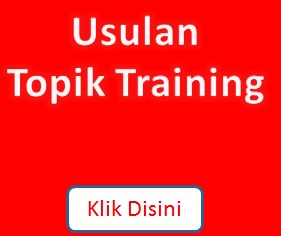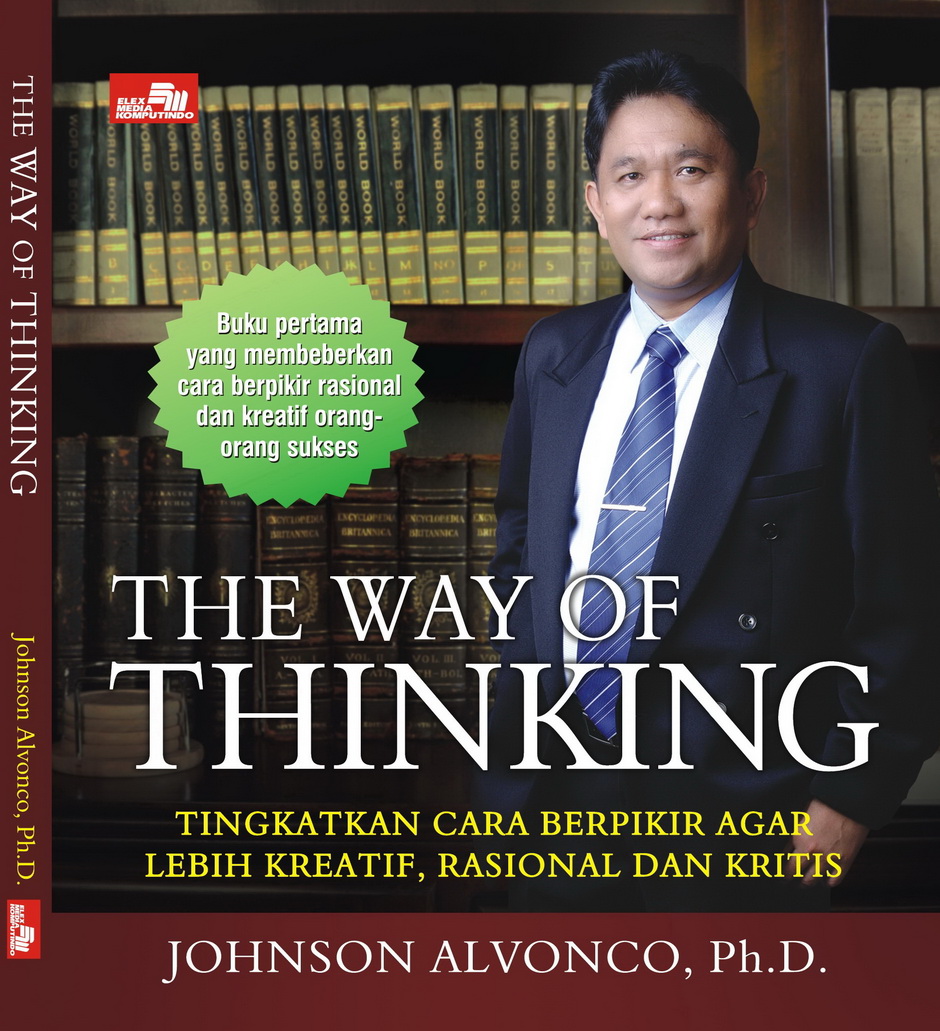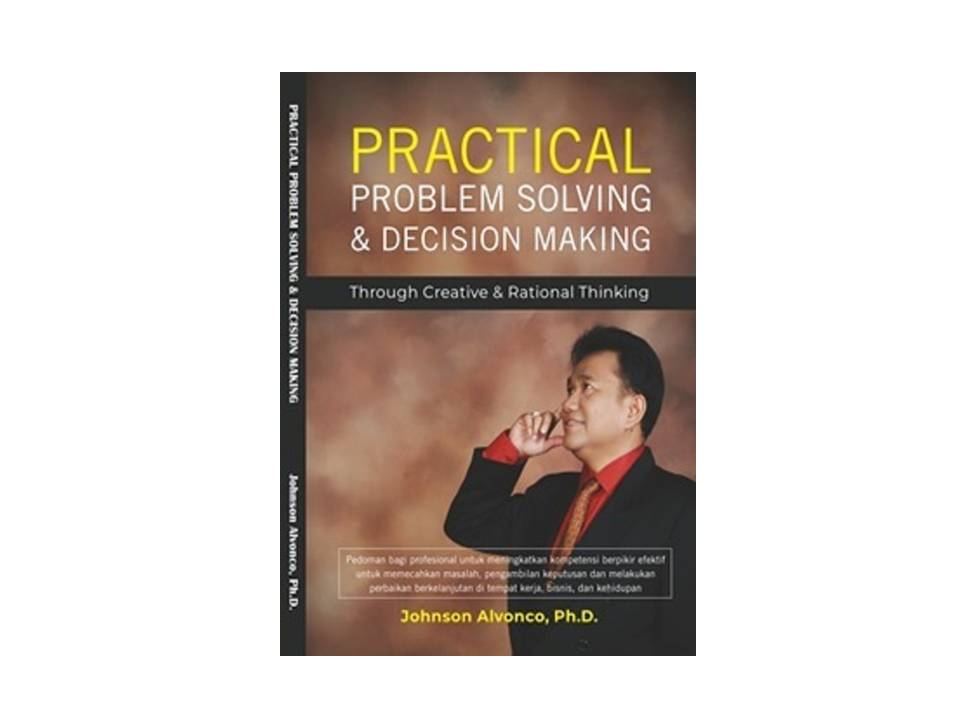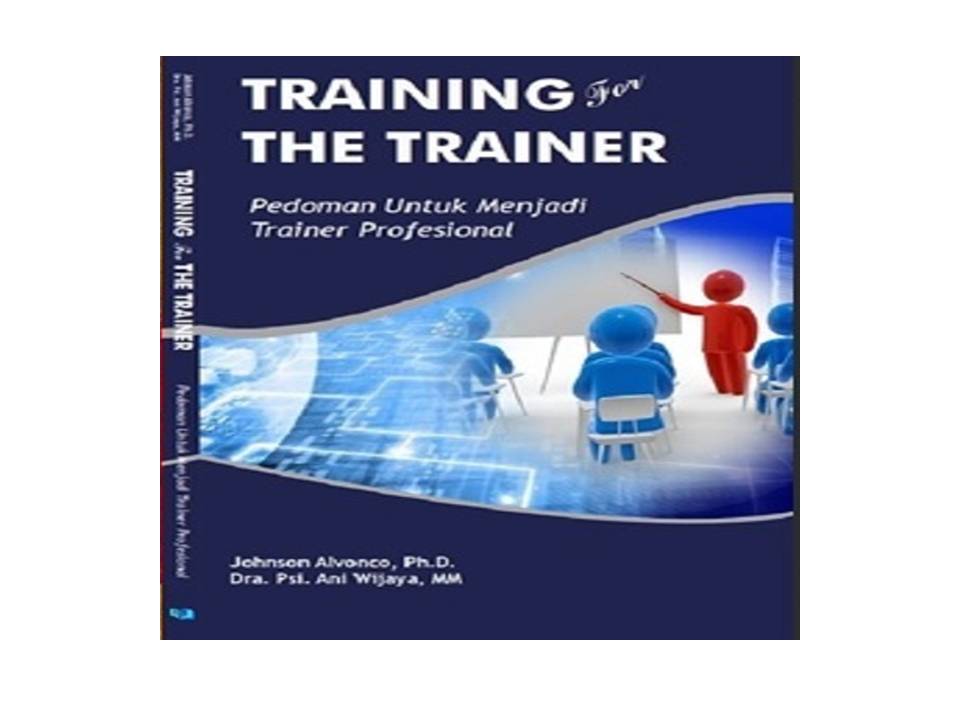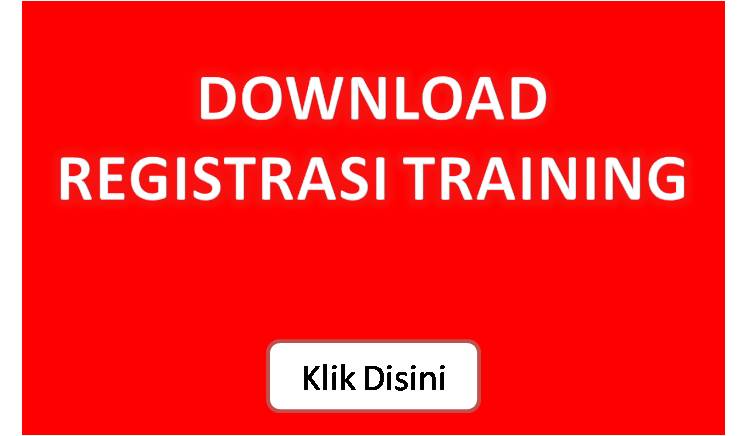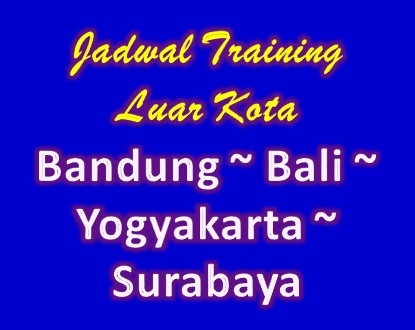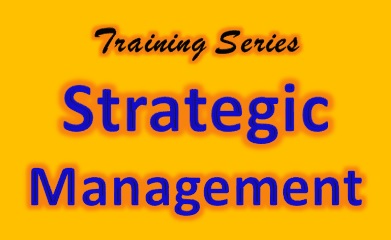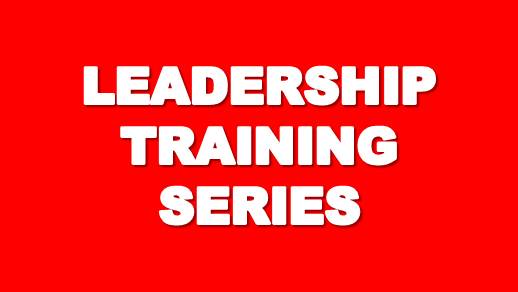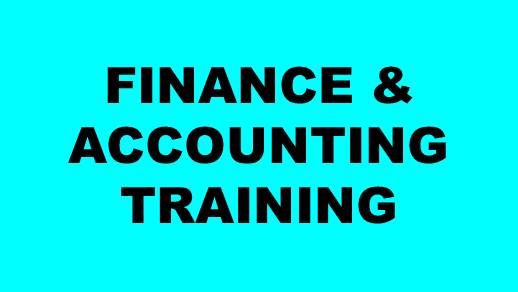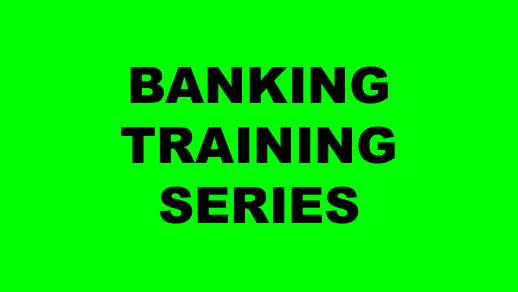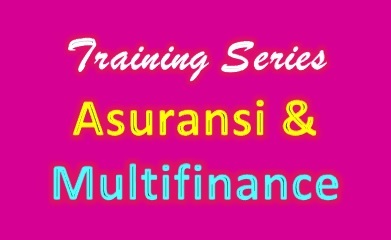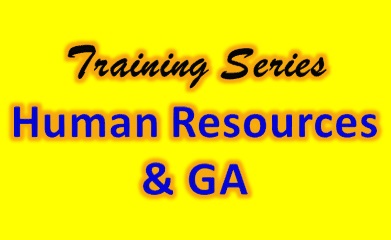Concepts and Mechanisms of Enhanced Oil Recovery (EOR) Processes
Kode Training: Q. 5
Tanggal &Lokasi Training
|
JAKARTA |
BANDUNG |
BALI |
| 11-15 Agustus 2014 | 18-22 Ags’14 | 11-15 Ags’14 |
| 15-19 September 2014 06-10 Oktober 2014 24-28 November 2014 15-19 Desember 2014 |
22-26 Sept’14 | 15-19 Sept’14 |
Jam Pelaksanaan :
09.00 – 16.00 WIB
Tempat :
Alternatif Hotel: Ibis Group, Amos Cozy, The Park Lane, Harris Group, hotel lainnya yang akan kami konfirmasi kemudian
Pembicara / Fasilitator (Alternatif) :
- Tim Trainer Johnson Indonesia
Fee Training :
Rp 17.000.000/ person
Inc : Seminar Kit, Certificate, Lunch, Snack, Souvenir
Manfaat Training:
- Explain the basic mechanism and need for EOR methods and the technical basis for characterization of oil reservoirs and identifying possible candidates for various EOR methods.
- Identify key parameters, data sources and required measurements for design of EOR methods.
- Provide familiarity with key geologic, reservoir and operational definitions related to oil recovery processes specially enhanced oil recovery (EOR) methods.
- Provide basis for guidelines and engineering judgment in selecting appropriate EOR methods.
Materi :
- Introduction
- Overview of EOR processes
- Oil recovery phases and definition of oil recovery factors
- Units and conversion factors
- EOR Mechanisms and Screening Guidelines
- Fluid trapping in reservoir rocks
- Parameters that affect oil recovery
- EOR screening and evaluation guidelines
- Displacement efficiency in immiscible floods
- Displacement efficiency in miscible floods
- Areal sweep efficiency
- Vertical sweep efficiency
- Phase Behavior of Hydrocarbons
- Pressure-temperature diagrams
- Ternary equilibrium diagrams
- First contact miscibility
- Condensing and vaporizing gas drive miscibility
- Phase behavior experiments
- Selecting pseudo components
- Steam Injection Processes
- Thermodynamic properties of steam
- Surface heat loss
- Wellbore heat loss
- Vertical heat loss in reservoirs
- Thermal properties of reservoir rocks
- Phase splitting in steam distribution system
- Steam quality measurements
- Casing vapor collection system
- Injection profiles and steamflood optimization
- Optimum flood patterns and vertical stages
- Conversion from stem to water injection
- Prediction of steamflood performance
- Steam generation and co-generation of steam and electricity
- Mechanisms of cyclic steam stimulation
- Steamflood mechanisms
- Miscible Floods
- Miscible slug processes
- Water-alternating gas (WAG) processes
- Comparison of solvents
- Designing a miscible flood
- Estimating oil recovery factors
- Chemical Floods
- Polymer characteristics
- Comparison of polymers
- Viscosity of polymer solutions Type and required amount of polymer
- Surfactant characteristics and phase behavior of surfactant-oil-water systems
- Optimal salinity and capillary de-saturation curves
- Surfactant retention in reservoir rocks
- Inaccessible pore volume
- Permeability reduction and visco-elastic effects
- Polymer degradation and retention in reservoir rocks
- Thin film spreading agents
- Type and required amount of surfactant
- Alkaline characteristics
- Effect of chemicals on fractional flow
- Estimating oil recovery factor for chemical floods
- EOR field cases
- Miscible flood case
- Chemical flood cases
- Cyclic steam stimulation case
- Steamflood cases
Target Peserta :
INFORMATION
For Registration, Please Contact :
Johnson Indonesia – Training Center
Dwi/ Narita/ Aini/ Nur
Telp. (021) 541 9152/ 541 7516, Hp: 0815 972 5020
E-mail:
Website:
DOWNLOAD BROSUR
FORM REGISTRASI

